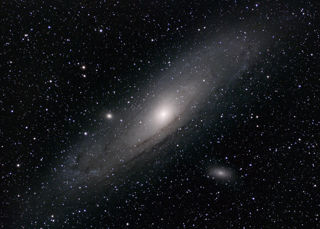
X-ray Mirror Shell
X-ray Mirror Shell
The cylindrical mirror is a key part of an X-ray telescope. X-rays are too energetic for conventional telescopes to detect as they can pass straight through mirrors if hit head on. Therefore, a unique strategy is required to focus X-rays onto a detector. The mirrors of an X-ray telescope are orientated almost parallel to the incoming light. The X-rays skim the surface of the mirror at a very shallow angle – like skimming a stone across a pond. At this angle, called the grazing incidence, the X-rays reflect off the mirror rather than passing through. By skimming the X-rays off several mirrors, they can be gradually focused onto the detector.To maximise the surface area available to reflect incoming X-rays, many cylindrical mirrors are nested inside each other. The inner reflecting surface of each cylinder is so smoothly polished that the remaining imperfections can only be seen with a powerful microscope. The mirrors are coated in a high-density metal such as gold, platinum, or iridium since this increases its X-ray reflectivity.
X-rays originate from cosmic objects that are heated to millions of degrees centigrade. Such high temperatures are created in extreme environments, such as gas falling into a black hole or a supernova explosion from a dying star. X-rays also allow astronomers to look back in time at hot objects created when the universe was young. This may help astronomers answer fundamental questions such as how the universe began and how it evolves.
All images:
More information
Object number
2000-53
Location
The Universe Gallery
Has this object been into space?
No
Object Production Date
Late 1990s
Object Production Organisation
Zeiss
On Display Status
On display
Copyright and Photos
Photography is shared via the license below.
However, some objects on this website are on loan to the National Space Centre and are being shared through the permission of their owners.
Commercial use of images from this website is not allowed without additional permissions being granted. To request permission to use images for purposes not covered in the license below, please contact [email protected]
Individual objects on loan to the National Space Centre may have additional copyright permissions, so advice should always be sought before use.
![]()
This work is licensed under a Creative Commons Attribution-NonCommercial 4.0 International License.


